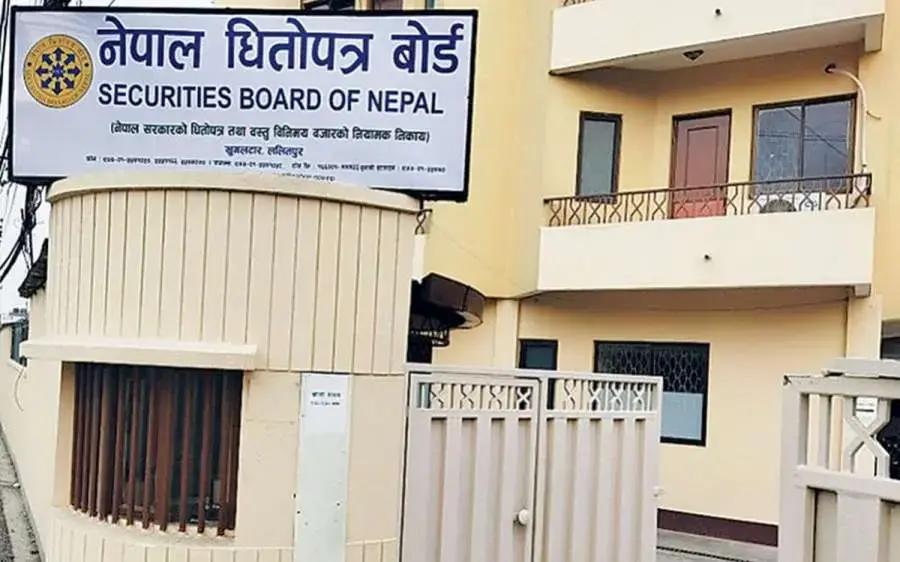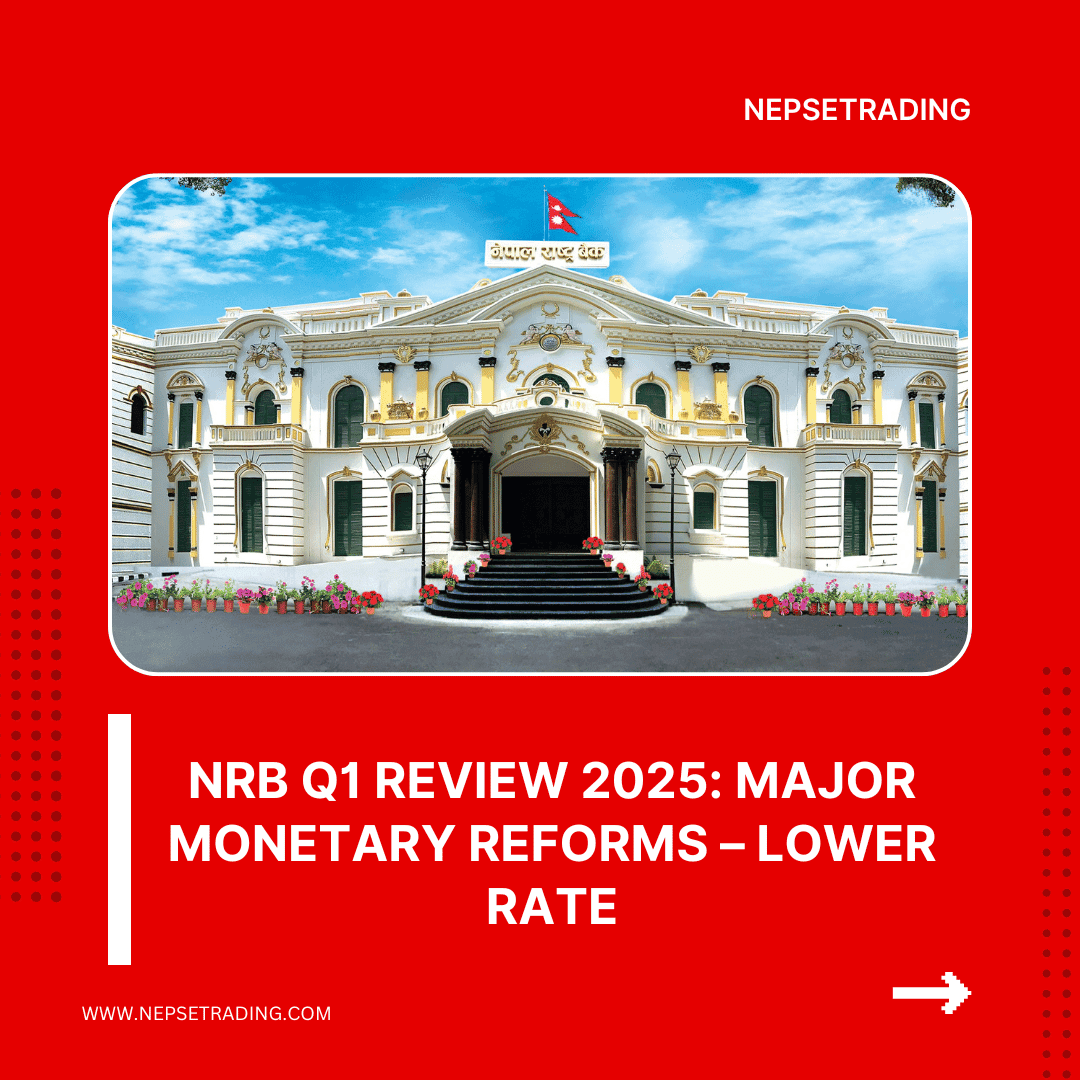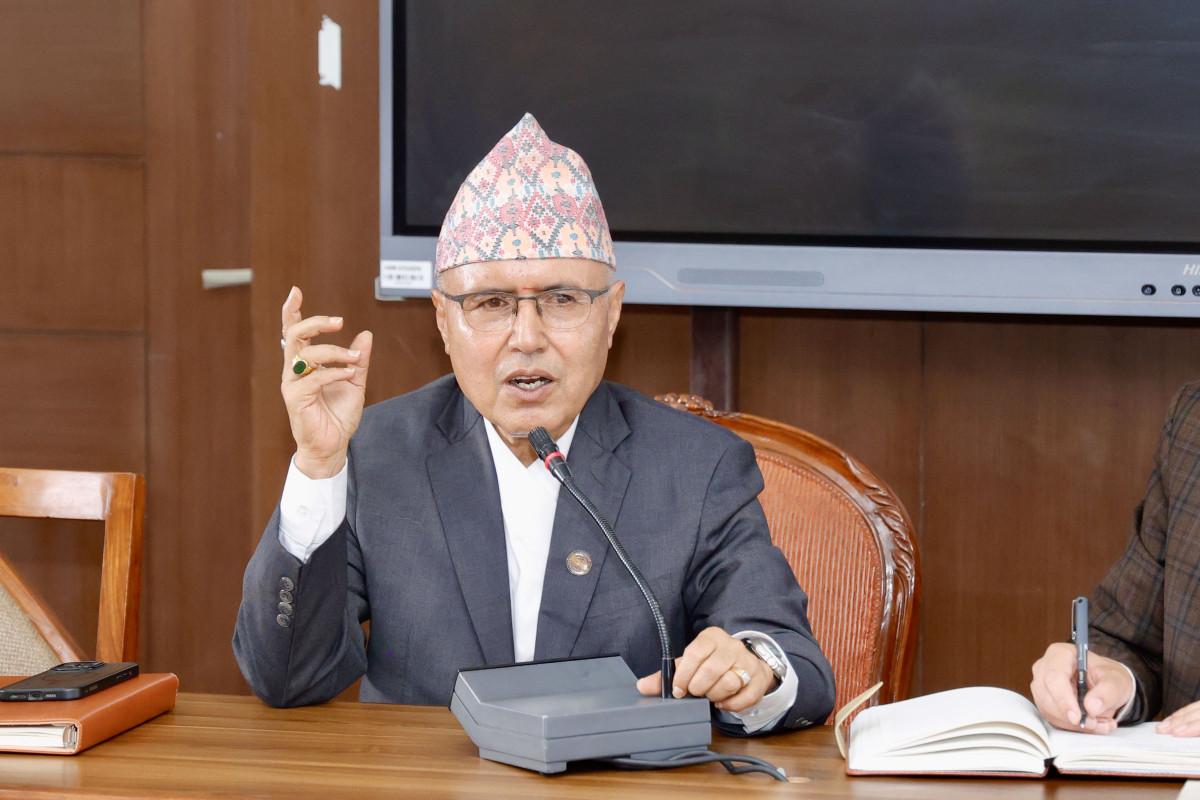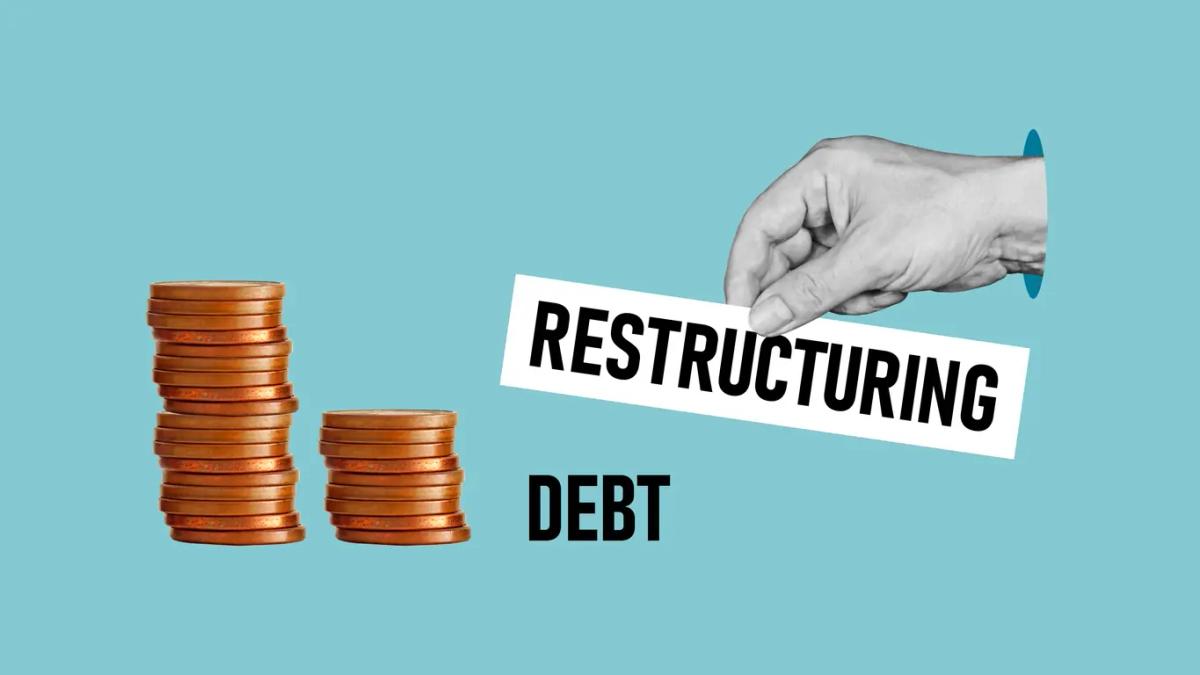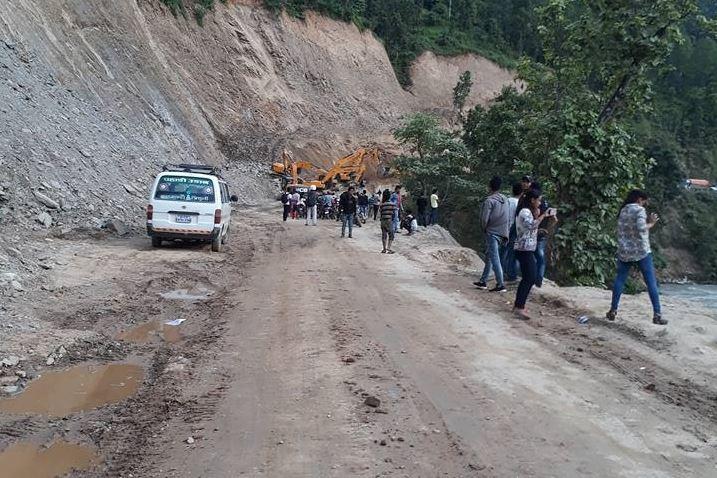By Dipesh Ghimire
Who Are the 17 Governors of Nepal Rastra Bank ?

Nepal Rastra Bank (NRB), established on April 26, 1956 (Bikram Sambat 2013 Baisakh 14), is the central bank of Nepal. It has the authority to issue currency, guide monetary policy, and regulate the activities of banks and financial institutions, ensuring control as needed. The NRB also serves as the government's economic advisor and operates as an autonomous body, free from governmental interference.
Before the establishment of NRB, the Treasurer General used to sign currency notes on behalf of the kingdom. However, following the bank's inception, the tradition of having the Governor's signature on the currency notes began. Since its establishment, NRB has had 17 governors, with Mr. Maha Prasad Adhikari currently serving as the Governor.
The primary roles of NRB include:
Currency Issuance: Eliminating dual currency systems (Nepalese and Indian Rupees) and standardizing Nepalese Rupees across the nation.
Banking Development: Founding and regulating financial institutions.
Economic Stability: Promoting monetary stability and facilitating economic growth.
Public Service: Introducing banking access in rural areas and expanding financial services.
Governors of Nepal Rastra Bank
Himalaya Shumsher Rana (1956–1961): The first Governor who introduced Nepalese Rupees nationwide, replacing the dual currency system.
Laxmi Nath Gautam (1961–1965): Promoted banking development and ended the dual currency system.
Pradyumna Lal Rajbhandari (1965–1966): Continued monetary reforms under King Mahendra's rule.
Dr. Bhesh Bahadur Thapa (1966–1968): Introduced legal tender laws for Nepalese Rupees and began banking expansion.
Dr. Yadav Prasad Pant (1968–1973): Initiated banking reforms and the introduction of Deputy Governor roles.
Kul Shekhar Sharma (1973–1979): Focused on rural banking and agricultural financing.
Kalyan Bikram Adhikari (1979–1984): Expanded commercial banking during King Birendra's reign.
Ganesh Bahadur Thapa (1984–1990): Continued the circulation of Nepalese Rupees and initiated rural financial services.
Hari Shankar Tripathi (1990–1994): Implemented key reforms in banking and foreign trade.
Satyendra Pyara Shrestha (1994–1999): Launched financial reform programs.
Dr. Tilak Bahadur Rawal (1999–2000): Advocated flexible monetary policies and initiated reforms despite controversies.
Dipendra Purush Dhakal (2000–2001): Focused on institutional improvements and employee regulations.
Bijayanath Bhattarai (2001–2006): The first Governor under the republican system, faced corruption allegations but was reinstated.
Dipendra Bahadur Chhetri (2006–2009): Introduced Braille features on currency notes and strengthened rural banking.
Dr. Yubaraj Khatiwada (2009–2015): Addressed governance issues in the financial sector and controlled unproductive investments.
Dr. Chiranjibi Nepal (2015–2020): Advocated for financial access and initiated significant mergers in the banking sector.
Maha Prasad Adhikari (2020–Present): Current Governor, appointed after the term of Dr. Nepal ended.
Each Governor has contributed uniquely to Nepal's monetary and banking system, ensuring stability and fostering economic growth. NRB continues to play a pivotal role in Nepal's economy, balancing regulation, innovation, and expansion in the financial sector.
